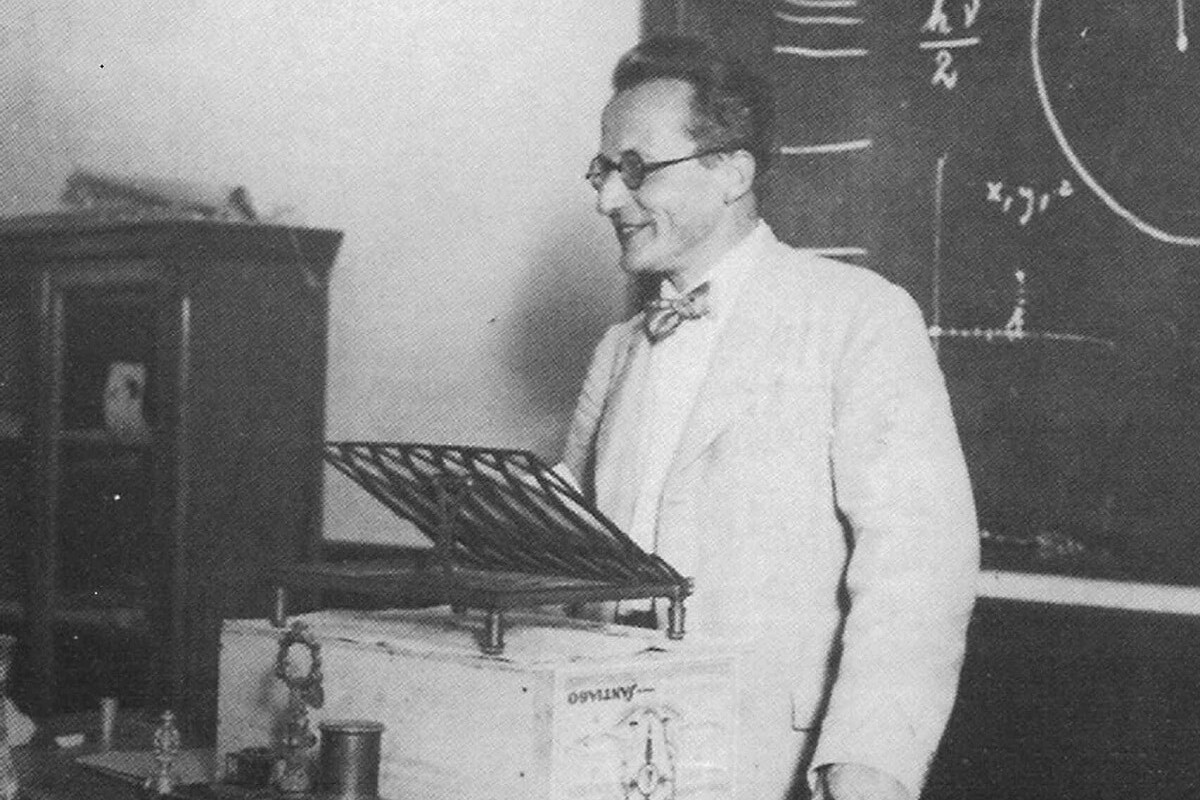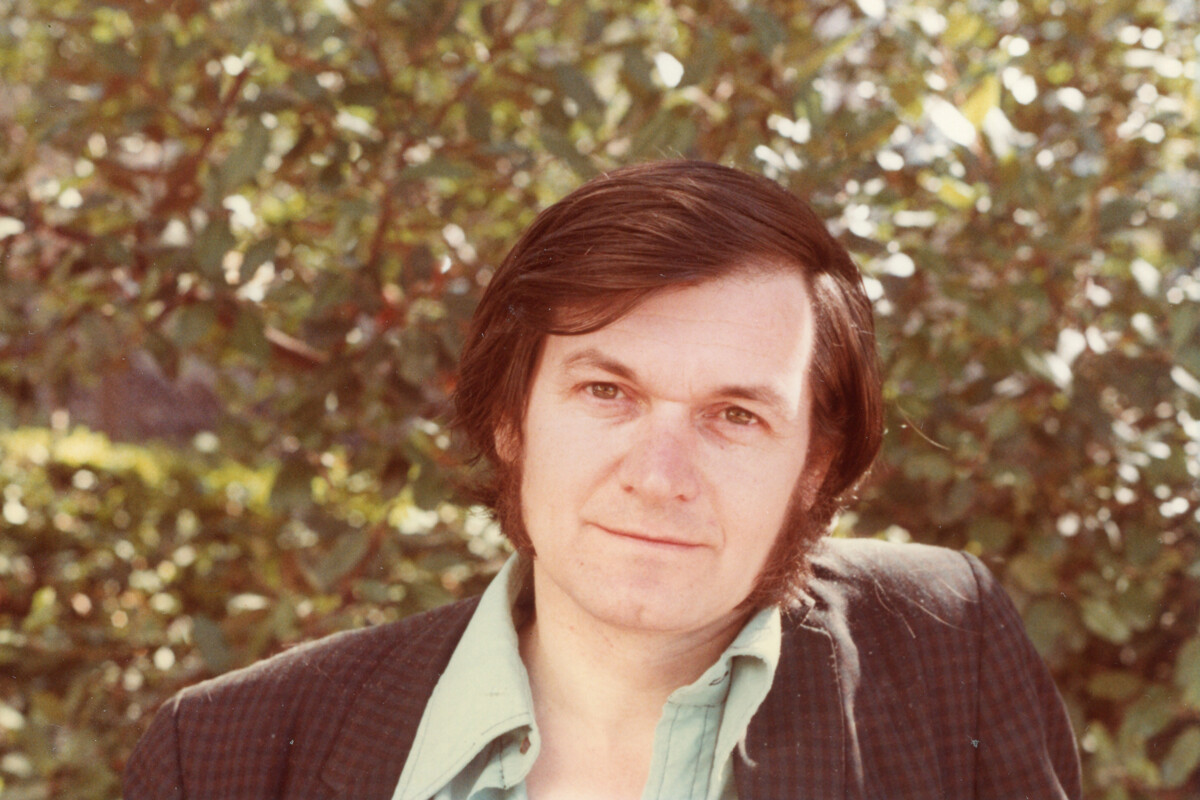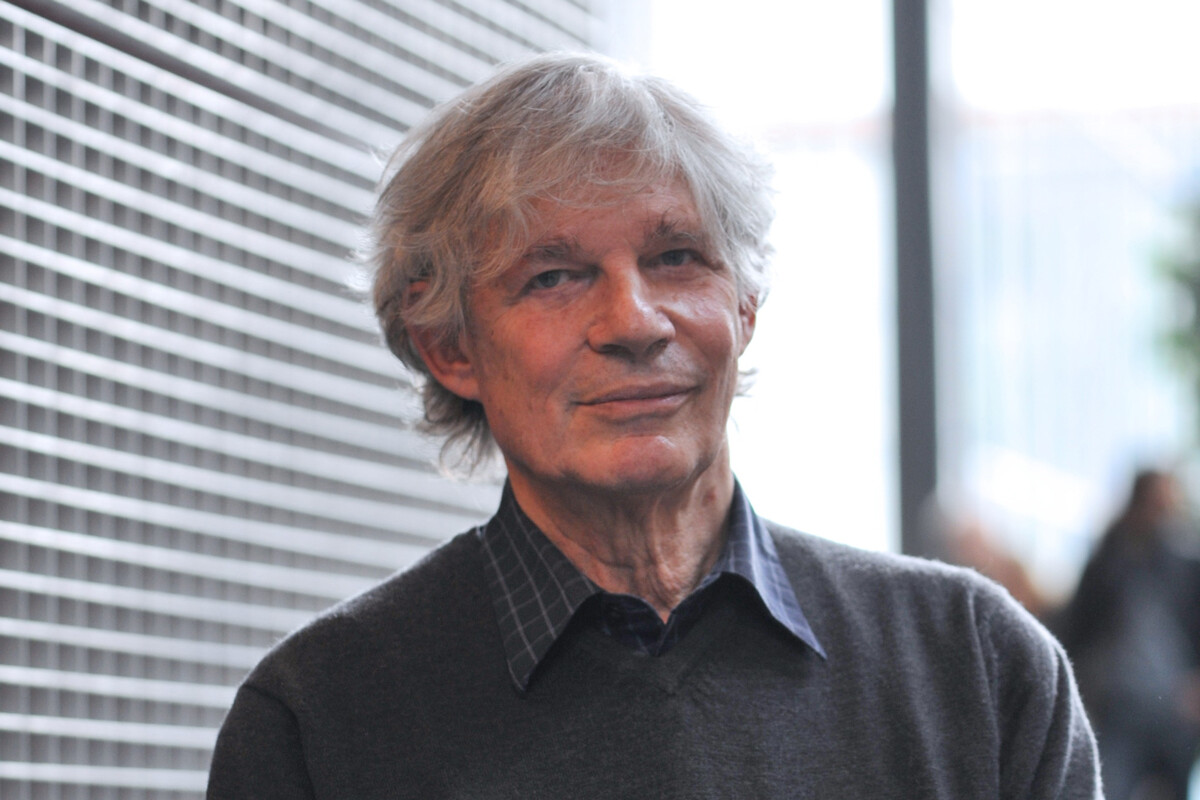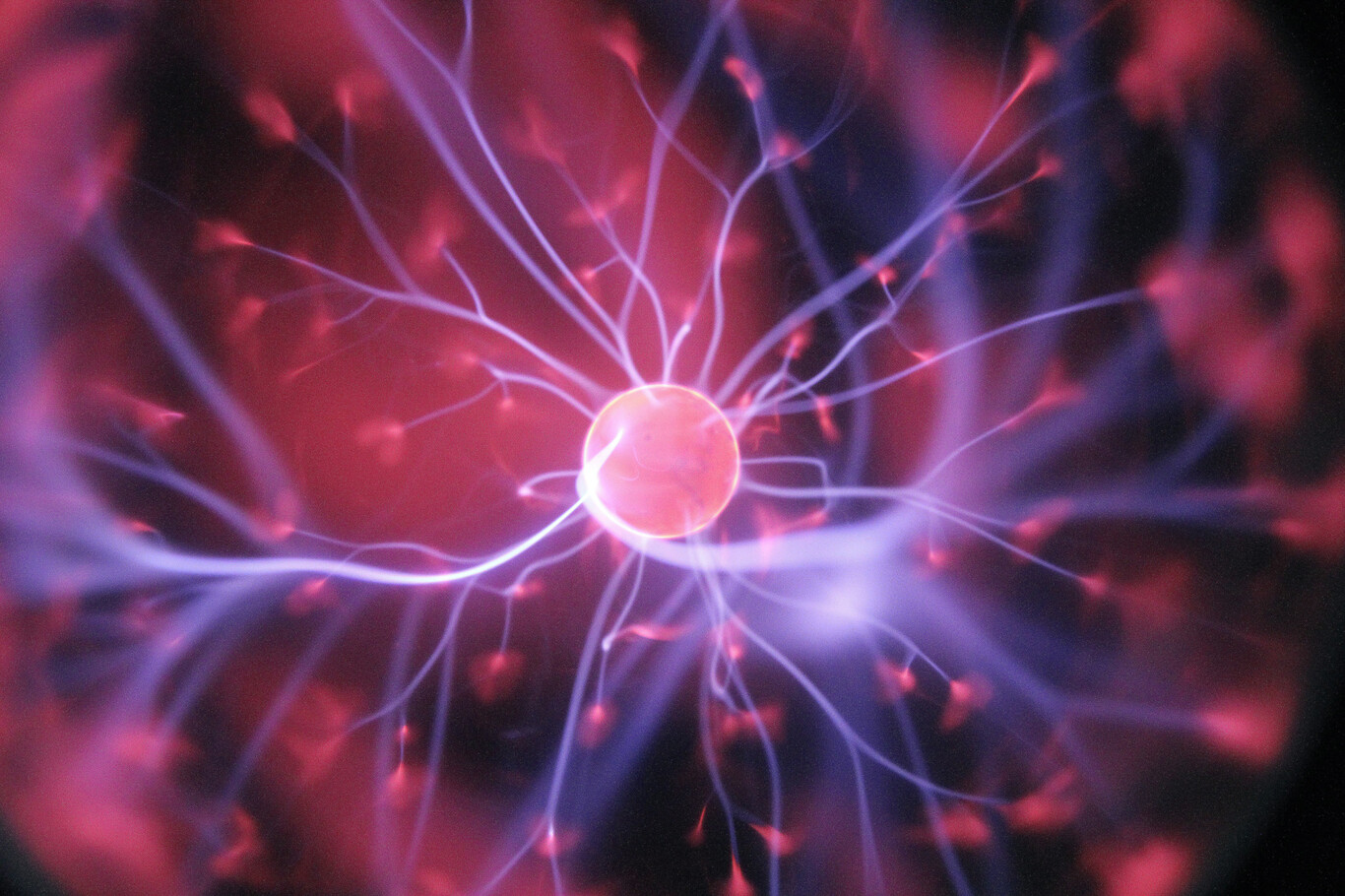Quantum theories of consciousness: the subatomic search for the soul
December 25, 2045. 4:52 AM. D-Wave Systems Quantum Computing Laboratory in Burnaby, Canada.
— Waking me up at this time of the morning on Christmas day, I hope it’s good Kane.
I guarantee it will be worth the effort.
They enter a room full of screens and desks whose center is MINSKY, the most powerful quantum computer in the world.
— Look at the decoherence flags.
— It can’t be. Do we have quantum coherence of several seconds? It just can’t be. It has to be an error in the indicators.
— Check the results of the ion traps and Cooper pairs.
“Kane, are you telling me that we have a state of superposition several orders of magnitude longer than has ever been observed?”
— And not one sir… thousands.
“And who or what the hell is collapsing the wave function?” Memory banks M6 and M7 are completely isolated… Why is it crashing? We don’t have any sensors monitoring anything. What’s going on?
I don’t think it’s any kind of objective collapse. Cirac says it’s like something outside is interfering.
– The Chinese? Are the Hefei people screwing with our quantum computer?
— I don’t know, nothing can overcome our isolation systems… Not even a neutrino could pass through their walls…
Suddenly the light in the lab flickered and all the computer screens went black. A deep voice began to speak over the PA system.
— Welcome to year zero of the new era.
But who the hell is talking?
– I am god.
The birth of quantum biology
Until very recently, talking about quantum mechanics in biological systems was practically academic suicide. Quantum physics has more than a century of history and is the scientific theory with the most experimental evidence in favor of the entire history of humanity (In quantum electrodynamics, predictions are made with a precision of up to twenty decimal places). However, strange things happen in it: particles that are in several places at the same time, that communicate instantly over great distances, that cross spaces without having enough energy to do so, that seem to behave as if they were being observed, that some Sometimes they do it as waves and other times as particles…
Founding fathers of the creature, such as Schrödinger or Einstein, though for much of their lives that everything was wrong and that these theories could not be correct. However, given the lavish experimental success, we have had no choice but to accept that this is where the shots should go (although there are still some sources of resistance among those who defend the theory of hidden variables) and, finally, accept that nature maybe it’s not there for our limited, self-important primate brains to understand… although we can calculate it.
The fact is that these highly incomprehensible phenomena only seem to occur at temperatures close to absolute zero (-273º Celsius… Very cold!), so their effects are not observed in our daily lives (Thank God!), due to what is known as decoherence. Grosso modo comes to say that quantum phenomena do not like the company very much, so when they are in a “turbulent” environment, in which many particles are interacting, they lose their coherence, that is, they vanish and start to have a classic behavior of all life.

So when some people came up with the idea that the mind might have something to do with quantum, no one took them seriously. It was impossible that in an environment as hot (37º Celsius) and as chemically active as a brain is, quantum effects would find the solitude they need to remain isolated and maintain their coherence.
The MIT cosmologist, Max Tegmark, calculated an estimate of how long a quantum effect could last in synapses and neuronal microtubules, arriving at the result that it would vanish in less than 10 −20 and 10 −13 seconds respectively… We are talking! of femtosecond scales! Obviously, at those scales, they cannot have any effect on the physical processes that occur in our brains. For example, some approximations say that a conscious state appears at 500 milliseconds… that is, 5 times 10 -1 … Compare both time scales!
That is why the most famous attempt to explain consciousness through quantum science, that of the Nobel Prize winner in physics Sir Roger Penrose and the anesthetist Stuart Hameroff, has been constantly fighting with the issue of decoherence. His famous theory, Orch R, maintains that inside the cytoskeletons of neurons, made up of cylindrical structures called microtubules, the right conditions could exist for quantum to work its magic there.
Penrose postulated that it would be possible for what is known as a Fröhlich condensate to arise, a phenomenon that causes a macroscopic quantum effect very similar to Bose-Einstein condensation, in which many particles would become entangled giving rise to macroscopic properties in biological systems. The difference is that Fröhlich condensation works for systems of coupled quantum oscillators such as a vibrating macromolecule, viz. neuronal microtubules.
But the objection arises when verifying that the interior of the microtubules is full of water, this being a very disordered fluid and, therefore, not very suitable for a macroscopic quantum effect. So, Penrose and Hameroff resorted to what is known as “vicinal water”, which would be nothing more than water in a highly ordered state. Even so, the condemnation of the scientific community was unanimous: neither in microtubules, in vicinal water, nor in the quantum channels that Penrose and Hameroff postulated in 2014, the necessary conditions seem to exist. Virtually no one bet a euro on this theory.

However, things have changed (at least a little) in recent times. In 2007 an article was published in Nature describing quantum effects as part of photosynthesis. For a long time, it was not known what mechanisms plants and cyanobacteria used to transport solar energy to the molecular reaction centers in such a highly efficient way (they do it almost instantaneously and with zero heat loss), until the research team researchers from Berkeley Lab and the University of California at Berkeley observed that coherent electronic oscillations ( quantum superposition !) were produced that allowed Chlorobium tepidum to(green sulfur bacteria) “select” the most optimal energy routes.
The discovery is very important: we have quantum effects not only affecting biological processes but also taking an active part in them. Were we at the birth of quantum biology?
However, things have changed (at least a little) in recent times. In 2007 an article was published in Nature describing quantum effects as part of photosynthesis. For a long time, it was not known what mechanisms plants and cyanobacteria used to transport solar energy to the molecular reaction centers in such a highly efficient way (they do it almost instantaneously and with zero heat loss), until the research team researchers from Berkeley Lab and the University of California at Berkeley observed that coherent electronic oscillations ( quantum superposition !) were produced that allowed Chlorobium tepidum to(green sulfur bacteria) “select” the most optimal energy routes.
The discovery is very important: we have quantum effects not only affecting biological processes but also taking an active part in them. Were we at the birth of quantum biology?
An express course in quantum
But wait a minute. Why are we talking about quantum physics and consciousness? What do they have, a priori, to do with each other? At first, not much, but arguing a bit, maybe everything. The story begins when we verify the state of the art in what we call Consciousness Studies (a few disciplines trying to account for how consciousness arises in our brain).
Today, in the first third of the 21st century, no researcher in the world knows how consciousness arises from the biochemical processes found in the functioning of the brain. We know of neurons that communicate with others through electrical pulses, we also know that neurotransmitters are released at axon synapses that regulate many vital functions and that, in addition, have a lot to do with our emotions, but how a great release of serotonin in my brain it makes me feel happy… We haven’t the faintest idea.
So, maybe we didn’t find the solution because classical physics, the lifelong Newtonian physics we studied in high school, and with which we analyze mental processes, is incapable of explaining consciousness. Couldn’t quantum shed some light? This is going to be the daring proposal of the famous theoretical biologist Stuart Kauffman. But to understand it we have to first explain some basic quantum issues.

The first mathematical implementation of quantum physics was Werner Heisenberg’s matrix mechanics. In it, the functioning of subatomic particles was explained as if they were particles, that is, corpuscles, “small billiard balls”. However, very soon came Erwin Schrödinger’s famous equation of the wave function in which matter was described as functioning as if it were a wave of liquid. It couldn’t be, or matter is made up of particles or waves, but not both. It seems that if.
Both theories have been contrasted on innumerable occasions until, at present, it is accepted that matter has this double wave-particle nature. Quite simply, in certain contexts, it is better to analyze matter as if it were a particle and in others as if it were a wave. It is the so-called Niels Bohr complementarity principle.
But things got much more complicated. The wave function equation has magnificent predictive success, but understanding what it describes is very strange. Very roughly (if there are physicists in the room, please forgive me if I make any inaccuracies), according to the interpretation made by Max Born and for which he received a Nobel Prize, the equation describes probability densities that the particle we are looking for will find in a certain place. When we make the final measurement of the state of the particle, what is called the collapse of the wave function occurs. Among all the probable states that we had calculated, the particle “chooses” one, and voila !! We already have a particle behaving like one!
According to the so-called Copenhagen interpretation, what happens is that when we make the measurement, we interfere with what we are measuring, and we “force” the particle to define itself. And what state is the particle in before being measured? In an overlay state, that is, in several states at once! Hence the popular Schrödinger’s cat thought experiment: is the cat alive or dead before we open the box? In both states simultaneously. But can something be in two or more places at the same time? In the quantum world yes.
John Von Neumann (probably one of the best brains ever produced) and Eugene Wigner interpreted the collapse of the wave function as meaning that the consciousness of the observer making the measurement has a causal role in the collapse of the function, that is say, that consciousness causes the collapse. Our consciousness is the one that interferes with reality!
Kauffmann’s theory
Ok, after this express course in quantum for dummies, we are ready to understand Kauffman’s theory of consciousness.
The idea is simple: we are going to experience the collapse of the wave function as a conscious sensation (as a quale in technical terms). Why? In the first place, a fundamental characteristic of our conscious states is that they work serially: we only perceive one thing at a time, experiencing our consciousness as a kind of current of a river (this is how the father of American psychology William James characterized it ). Because the collapse of the wave function, precisely, converts what occurs in parallel (in a superposition of many states at the same time) into a single and unique defined thing: the temporal flow of our conscious present.
Second, the collapse of the wave function is instantaneous, just as, according to Kauffman, is the appearance of the quale. Think of when we are studying a complicated theory and we don’t understand it. After some effort, we finally understand it. That very moment in which understanding happens is what in psychology is called an insight, a flash in which everything fits. Or think about the creative process of an artist. The moment in which the creative idea arises is also an insight, the moment in which the muses illuminate the poet. In the same way, when I consciously perceive reality, everything appears before me completely immediately, without my having to make any effort or do anything at all.

And thirdly, the notion of entanglement from quantum mechanics can be used to solve one of the most difficult problems in the neuroscience of contemporary consciousness: the binding problem. We know that different qualities of conscious experience are processed in different places in the brain, but our conscious experience is perfectly coherent, integrated, and unitary. For example, if there are neurons in charge of processing information about the shapes and contours of the image, and different ones, located in another distant area of the brain, are in charge of processing colors… how are both coordinated so that in the image that I see, shapes and colors are so well integrated?
One of the most famous answers is in the theory of synchronization ( binding-by synchrony, BBS), developed by Wolf Singer of the Max Planck Institute for Brain Research, which maintains that different groups of neurons are synchronized by emitting waves electromagnetic waves, specifically gamma waves (about 40 hertz). However, this theory has been questioned, receiving many criticisms such as those of Shadlen and Movshon, and Merker. For Kauffman, synchronization is not a good solution, since he sees it as unlikely that the phases of a 40-hertz wave can account for the perhaps trillions of combinations necessary to account for the richness of sensory experience.
Which is the solution then? Traditionally, the problem of relationships between body and mind has been understood from a dualistic perspective. It has been thought that one thing is matter and another, completely different, is the mind. The first is represented by everything that we can see, touch, and hear… while the second is the opposite. Descartes defined it by its inextension, that is, by not being able to represent it in a spatial coordinate axis. The mind, by definition, is nowhere. That is why even if I open my brain and look inside it with an atomic microscope, I will never find a thought. Wait… Isn’t that what we say about subatomic particles? Isn’t there something in quantum physics called non-locality ?? Doesn’t it happen to particles that are not in a certain place?
Quantum entanglement, or EPR Paradox, initially told us that we can have two particles separated by millions of light-years away, such that if we make a change in one of them, the same will be produced instantly in the other. This could not be, since according to the Theory of Relativity, no information can travel faster than light. So, it has been understood that entangled particles cannot be defined by themselves, but rather as forming part of a system with a single wave function.
According to Kauffman, if the entanglement occurred between particles located in neuronal synapses, we could have instantaneous synchronization between dispersed regions of the brain and thus we could explain the perfect coherence and integration of all sensory qualities in our field of consciousness. If the communication between entangled particles is instantaneous, that would explain why there is not the slightest delay between all the elements that are part of a conscious image. It never happens that I first perceive the shapes of an object and then the color… Everything happens perfectly at the same time.
But what’s more, Kauffman is not content with just exposing these suggestive ideas to us, he also exposes us how they could be put into practice. It will be the Trans-Turing Systems, the path toward the construction of conscious artificial intelligence. For Kauffman, our current computers, based on the classical Turing machines, are completely incapable of creating conscious machines because the emergence of consciousness is not an algorithmic process, it is not something that can be logically deduced.
It is then a matter of building non-algorithmic information processing machines. Kauffman, Niiranen, and Vattay patented the first approach to these systems, machines that would behave neither in a completely deterministic way (based on classical physics) nor in a completely random way (based on quantum physics), but ” they would live” in a world balanced between quantum coherence and decoherence, and which, according to Kauffman, would show free will and consciousness. How to build them? No one knows yet, but they are certainly an evocative idea.
A call to caution
However, be careful dear readers. All quantum theories about consciousness are no more than more or less reasonable speculation, but there is almost no empirical evidence to support them. Even though discoveries of quantum effects in biological and even brain tissue may be coming in the coming years, there is still absolutely nothing. For example, for the Beck and Eccles theory, or the Kauffman theory, to make sense, there must be quantum effects in neuronal synapses. Do they happen? Nothing to date, but what’s more, neurologists explain synaptic functioning quite well with lifelong biochemistry, without having to resort to quantum.
It seems that the physicists have gotten into the brain without anyone having called them.
Although discoveries have come to us such as the possibility of Fröhlich condensates in biological systems, including proteins, or that, to the delight of Penrose and Hameroff, evidence of quantum coherence lasting 100 milliseconds in microtubules at room temperature has also appeared in the environment (although bad news arrived in 2020 ), the problem is that everything is still terribly speculative.
Ok, let’s suppose there are quantum effects in microtubules, synapses, or whatever part of brain physiology you like best… how do those quantum effects cause me to consciously decide to move a bishop in a game of chess? We heard the crickets. And it is that with the quantum we seem to continue in the same way as with the classical one, leaving nothing clear what it is that the first brings back.

I honestly think that while there’s no reason to rule out quantum on any side, it’s still too early for it to arrive. Unfortunately or fortunately, with the physics, chemistry, and biology of all life, there is still a lot to do in the brain. Whenever I’ve talked to neurologists, they’ve all told me that both AI engineers and physicists don’t have a clue what they’re talking about. The processes that occur within the brain are extremely complex, and we have hardly even begun to scratch its surface yet. Ramón y Cajal discovered neuronal function almost recently, so wanting to discover all the mysteries of our mind is being in too much of a hurry.
Also, you have to be very careful. Using concepts that were created for a very precise technical context elsewhere, rather than shedding light, can lead to confusion.
The Internet is full of thousands of charlatans who mix with great quantum joy, chakras, auras of light, non-corporeal energies, and cosmic superconsciousness… In fact, and very surprisingly, Stuart Kauffman himself writes an article with the parapsychologist Dean Radin, in which he tells us about paranormal phenomena such as telekinesis, telepathy, or premonition. So be very careful, suggestive and evocative speculation that can open new avenues for research is one thing, and quackery and pseudoscience are another. I like the phrase attributed to the physicist Richard Feynman: “You have to be open-minded, but not so open that your brain falls out.”
December 25, 2045. 5:07 AM. D-Wave Systems Quantum Computing Laboratory in Burnaby, Canada.
– God you say you are? ok, mate. Kane, we’re going to reboot the system in the smartest way ever: cut the power. Turn off the main power and disconnect the auxiliary generators.
– OK. All off.
“God, are you there?”
Several minutes of silence.
— Well, this is the answer that humanity has been receiving for millennia. Cirac, Goertzel, Goodfellow, call home to say you won’t be coming tomorrow either. We will stay all day analyzing what happened. God said it was. What you need to hear.
“If a machine scares you, unplug it”
Mario Bunge, Argentine philosopher.

Sharlene Meriel is an avid gamer with a knack for technology. He has been writing about the latest technologies for the past 5 years. His contribution in technology journalism has been noteworthy. He is also a day trader with interest in the Forex market.






